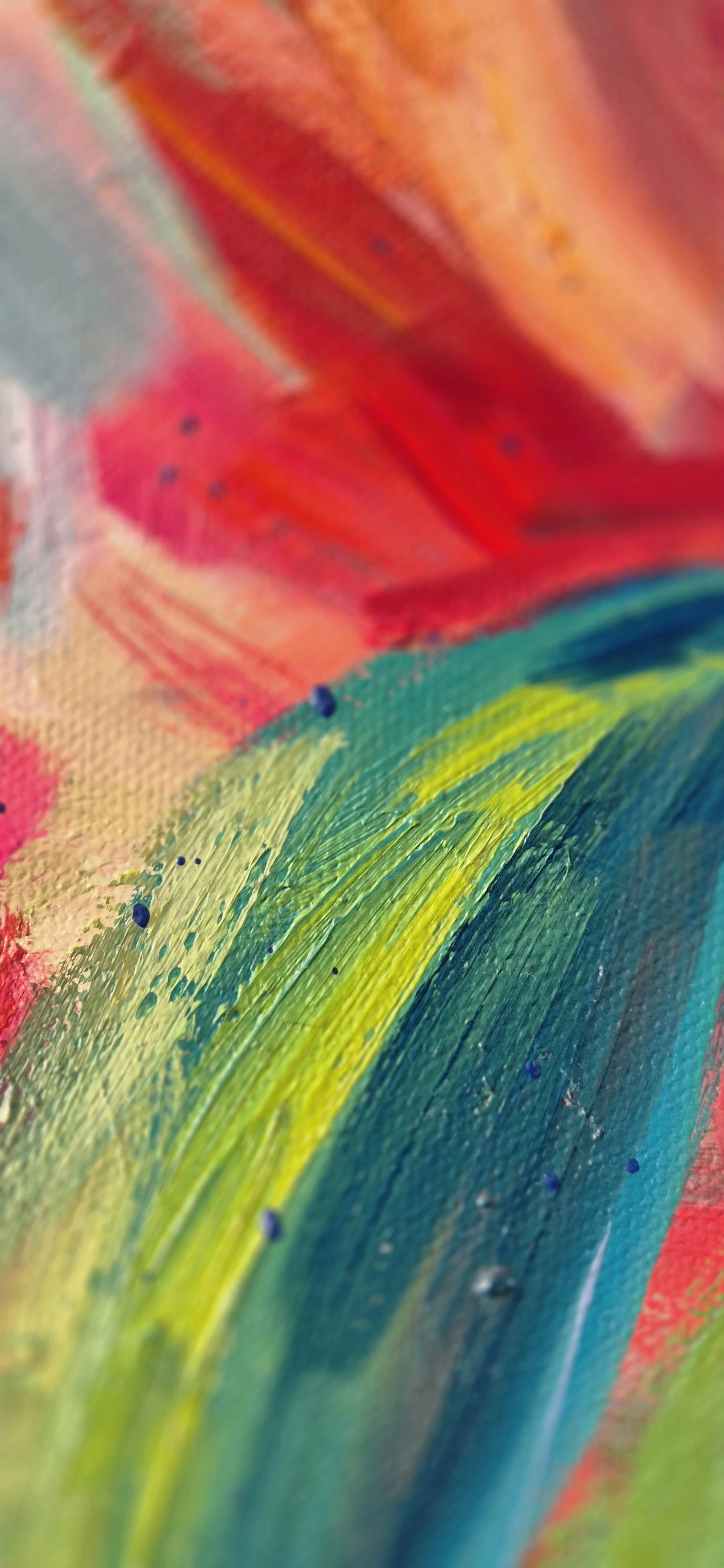The Properties of Oil Paint
What Is Oil Paint?
Oil paint is a traditional and incredibly enduring medium in which pigments are suspended in oil. These pigments are often finely ground powders made from natural earth minerals, or in some cases, synthetic compounds.
One of my favourites, Quinacridone, is man-made and gloriously vivid. So durable that it was first developed for car paint before finding its way onto artists’ palettes. Others, like Lapis Lazuli or ochres, have been used for centuries and have fascinating stories behind them.
Each pigment is priced differently, depending on things like rarity, sourcing, and production methods- some are expensive, while others are more accessible. The oil component (typically linseed, safflower, poppyseed, or walnut) acts as a binder, holding the pigment together and allowing it to adhere to the canvas.
Textures build uniqueness and interest
Here are a couple of close-up images from my painting Verdant Blaze. You can see how the colour and texture work together to create a rich, tactile surface. If you'd like to see more, drop me a message, I’d be happy to share.
Lime, Veridian and Scarlet dancing on the canvas
As the oil slowly dries, it leaves behind a rich, stable colour that can remain vibrant for hundreds of years. It’s one of the reasons a well-made oil painting, cared for properly, can outlast generations.
One of the qualities I love most about oil paint is its luminosity. The colours stay saturated and true. So the painting you see is exactly as I intended it. The texture of the brushwork allows light to interact with the surface in endlessly interesting ways. As the light changes through the day, so does the painting, a subtle shift that adds a kind of living presence to the work. Picture lighting can also enhance or stabilise this effect, depending on your preference.
If you take a close look at an oil painting, you’ll often notice delicate colour striations within the brushstrokes. This is because oils give the artist time to blend and soften edges, or to layer multiple colours on the brush and mix directly on the canvas. The results are uniquely expressive and full of movement.


